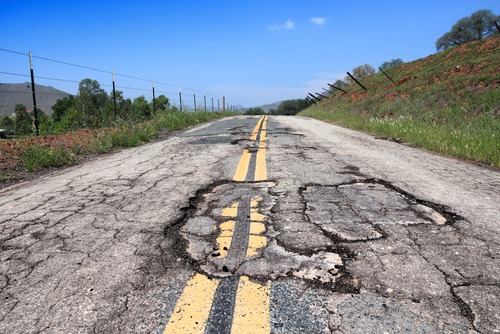
A total of 40 percent of major roads in the United States are in poor or mediocre condition, and 7 percent of bridges are rated in poor/structurally deficient condition, according to a recent report TRIP, a Washington, D.C.-based national transportation research nonprofit organization.
The Infrastructure Investment and Jobs Act (IIJA) will provide $454 billion from 2022 to 2026 for investment in highways and transit. The federal Highway Trust Fund is the primary source of revenue for the act, but it is deficit and financing road, bridge, and transit improvements on a pay-as-you-go basis.
“Additional federal funding from the IIJA will help the U.S. move forward with needed improvements to the nation’s roads, bridges, and transit systems that will enhance their condition, safety, and efficiency,” Dave Kearby, TRIP’s executive director, said. “Even with this significant boost in funding, the system remains significantly underfunded and will require increased, reliable and sustained investment to meet the transportation and economic goals of the 21st century.”
Vehicle operating costs as a result of deteriorated road conditions are $141 billion annually, according to TRIP estimates, an average of $621 per driver. These costs include additional vehicle repair costs, increased fuel consumption, increased tire wear, and accelerated vehicle depreciation.